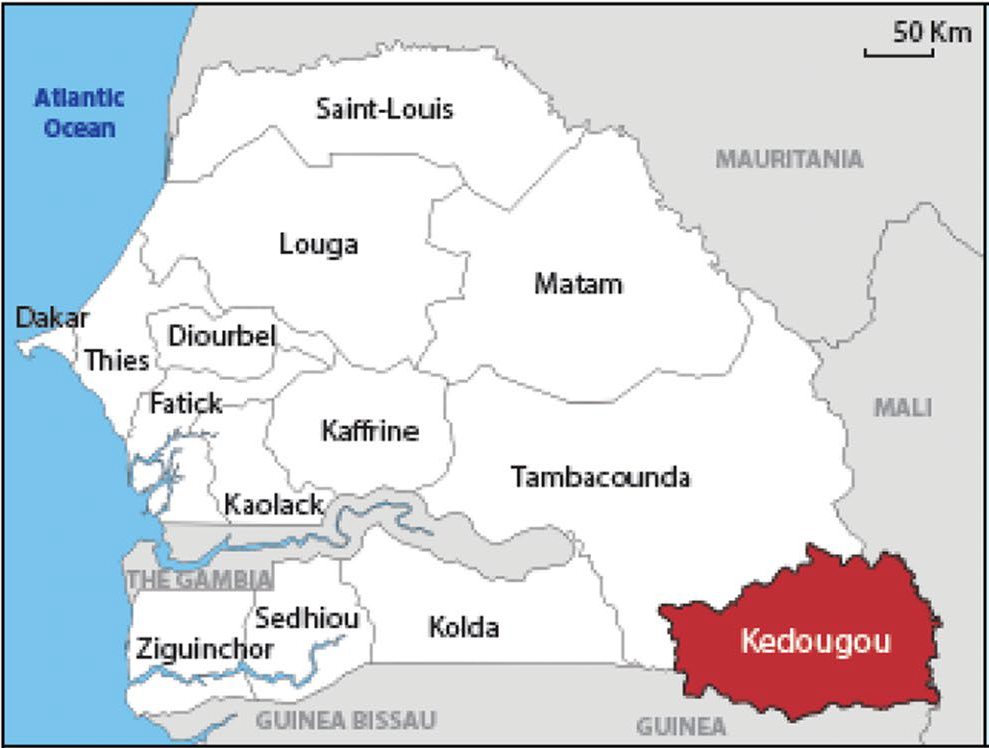Endemic circulation of HEV could be favoured by precarious living conditions including lack of hygiene or health care facilities and limited access to drinking water as is the case in developing countries in Asia and Africa. The Rapid proliferation of traditional gold mining sites in the Kedougou region of Senegal has led to massive migration of people from neighbouring West African countries and the establishment of several small villages where poor hygiene and sanitation conditions exist. In this context, a hepatitis E outbreak was reported in Kedougou in 2014 with several cases among the traditional mining workers.
Dr. Martin Faye and colleagues from Institut Pasteur de Dakar, Senegal described epidemiological and laboratory data collected during the outbreak’s investigation from February 2012 to November 2014. Any suspected, contact or probable case was investigated, clinical and epidemiological data were collected. In their study, sera were collected and tested for viral RNA and anti-HEV IgM. Archived serum samples from Kedougou were retrospectively screened by RT-PCR and ELISA. A total of 65 water samples collected from ponds and wells surrounding gold panners’ sites and habitats and 75 tissues samples from rats captured in the environment of traditional gold mining sites were also tested. A total of 1617 sera were collected from 698 suspected cases, 862 contacts and 57 persons with missing information. The median age was 20 (1–88 years-old) and the sex ratio was 1.72. An overall rate of 64.62% (1045/1617) of these patients tested positive for HEV with a high case fatality rate in pregnant women. All water samples and animal tissues tested negative for HEV.
These data help not only determining of the beginning of the HEV outbreak to March 2012, but also identifying risk factors associated to its emergence. However, there is a need to implement routine diagnosis, surveillance and training of health personnel in order to reduce mortality especially among pregnant women. In addition, further studies are needed to identify the virus reservoir and environmental risk factors for HEV in the Kedougou region.
Read the full article (Sci Rep. 2022 Oct 25;12(1):17878): DOI: 10.1038/s41598-022-22491-8

